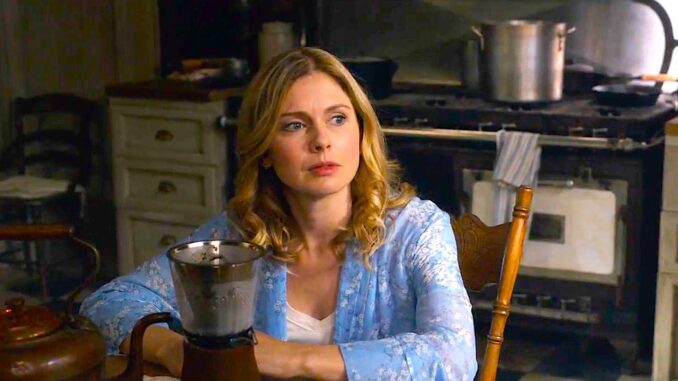
The Ethereal Ensemble: Ghosts Faces Challenges in Giving Every Character the Spotlight
The sprawling mansion of Button House, or Woodstone Manor, is not merely a setting; it is a vibrant, bustling ecosystem inhabited by a cacophony of spectral personalities. The beloved sitcom Ghosts (in both its British and American incarnations) brilliantly leverages this premise: a living couple inherits a decaying estate, only to discover it’s teeming with the restless spirits of every era, each with their own distinct histories, neuroses, and comedic potential. This premise, while a goldmine for humor and heart, also presents a fascinating and frankly herculean challenge: how do you give every character the spotlight when your main cast numbers in the double digits, and your episodes clock in at a mere twenty-something minutes?
The primary hurdle is, quite simply, the sheer volume of the ensemble. Unlike many sitcoms built around a nuclear family or a tight-knit group of friends, Ghosts introduces us to an entire historical yearbook. We have the stoic Viking, the flamboyant Georgian fop, the righteous suffragette, the bewildered Boy Scout leader, the perpetually pants-less financier, the jazz singer, the Native American elder, the revolutionary soldier, and more, all coexisting under one roof, alongside their living counterparts. To attempt to give each of these distinct, fully-fleshed characters an equal share of dialogue, development, and central plotline in every single episode would result in narrative chaos – a disjointed, frenetic experience that leaves no character properly explored and the audience feeling overwhelmed. The very richness of the premise threatens to dilute individual focus.
However, Ghosts navigates this intricate dance with remarkable grace, largely by embracing a philosophy not of equal spotlight, but of equitable and strategic spotlight. The show understands that not every ghost can be the A-plot in every episode, but every ghost can be integral to the fabric of Button House.
One of the most effective strategies employed is the rotational focus. Specific episodes are often dedicated to fleshing out one or two ghosts’ backstories, internal struggles, or personal quests. We see an entire episode dedicated to Isaac (US) grappling with his historical rival, or Julian (UK) attempting to influence modern politics. We delve into Pete’s (US) unfulfilled potential as a scout leader, or Pat’s (UK) tragic death and lasting impact on his family. These dedicated character pieces allow the audience to deeply connect with individual spirits, investing in their unique plights and triumphs. The beauty of this approach is that when a character takes center stage, their time in the sun feels earned and impactful, rather than forced.
Simultaneously, even when a character isn't at the narrative forefront, they are rarely truly absent. Ghosts excels at ensemble moments and quick, character-defining beats. A single, perfectly timed one-liner from Hetty (US) or Fanny (UK) can remind us of their antiquated prejudices. A booming pronouncement from Thor (US) or Julian (UK) can underscore their dominant personalities. Flower’s (US) spaced-out observations or Lady Button’s (UK) aristocratic disdain add flavor without needing a full subplot. These small, consistent contributions ensure that every ghost remains a tangible presence, contributing to the overall comedic rhythm and atmosphere of the manor. They are part of the family, even when their personal story isn't the current focus.
Crucially, Alison and Mike (or Alison and Jay in the UK version) serve as the human anchors and the audience's primary lens. Their experience of living with the ghosts is the core conflict and the main engine for many storylines. Often, a ghost's "spotlight" moment comes through their interaction with Alison or Mike – whether it's Sasappis (US) imparting ancient wisdom to a struggling Alison, or Kitty (UK) finding a kindred spirit in Alison's modern sensibility. By filtering the spectral world through human eyes, the show creates a relatable entry point, allowing individual ghost stories to resonate more deeply.
Ultimately, Ghosts illustrates that giving every character the spotlight isn’t about mathematical equality, but about narrative purpose and audience engagement. The show embraces its inherent challenge, transforming what could be a weakness into a strength. By strategically rotating focus, utilizing ensemble dynamics, and grounding the fantastical in human experience, Ghosts ensures that while not every character can be the star of every episode, every character gets their moment to shine, contributing to a rich, unforgettable spectral tapestry that keeps audiences captivated and eager for more. It’s a testament to the idea that sometimes, the most harmonious chorus is one where each voice knows when to lead, and when to blend.
